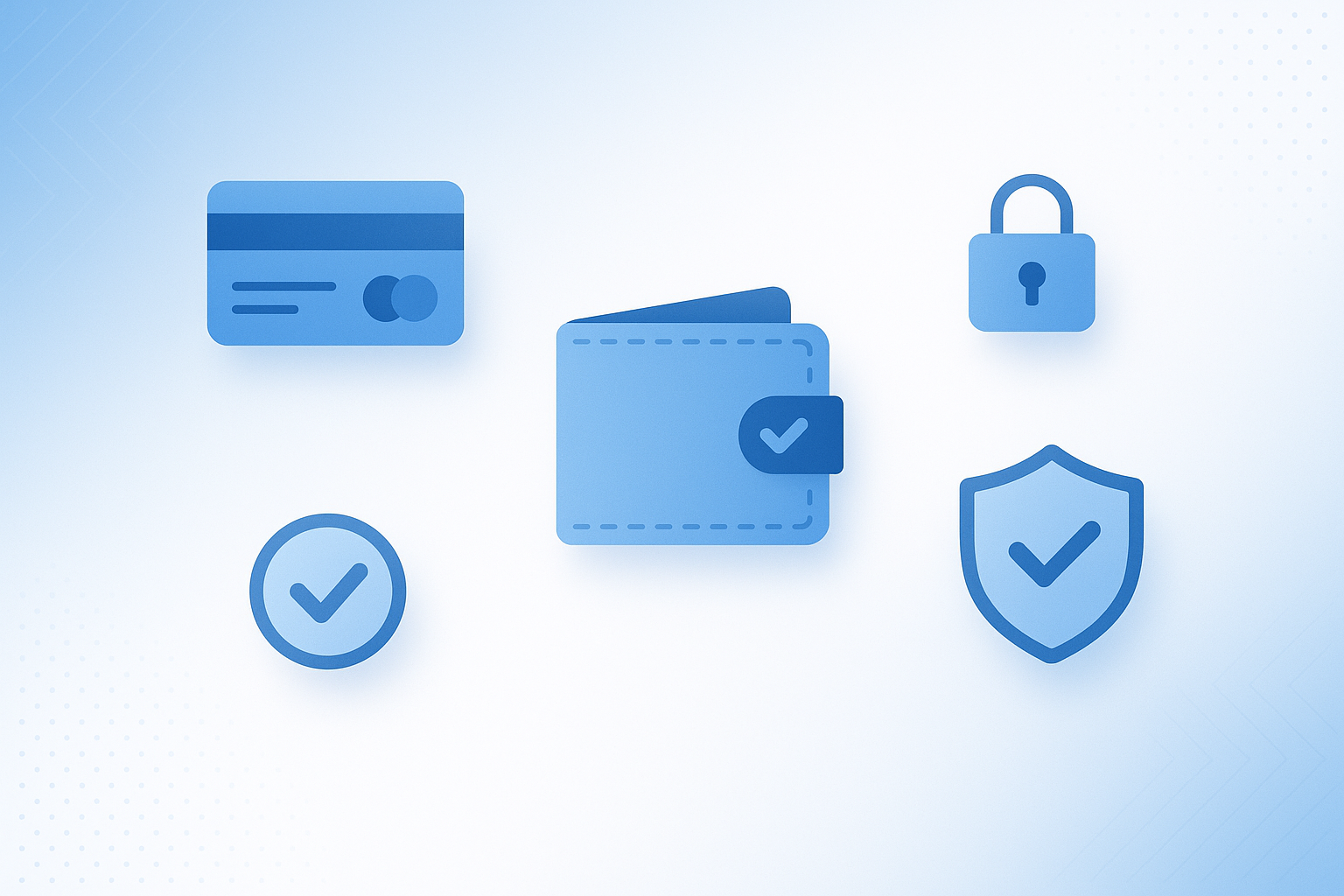Cook Smarter, Not Harder: Range Buying Guide
A range is the centerpiece of your kitchen — it’s where meals, memories, and holidays are made. Choosing the right one depends on your kitchen’s hookups, space, cooking style, and budget.
Step One: Measure Your Space
Width → Most ranges are 30", but premium models can be 36"–48". Measure cabinet cutout precisely.
Height → Standard height is 36" to match countertop. Adjust legs for leveling.
Depth → Ranges typically extend 25–28" (not including handles). Make sure oven door clears cabinets/islands.
Back Clearance → Some models need space behind for gas or electric connections.
Delivery Path → Measure hallways, doorways, and stairs. Ranges are heavy and bulky.
💡 Tip: If replacing an old range, measure the existing cutout and check power/gas hookups before shopping.
Step Three: Choose the Style
Freestanding → Easiest to install, back control panel, fits most kitchens.
Slide-In → No backguard, controls on front, blends seamlessly with countertops.
Professional Style → Wider, commercial look, heavy-duty burners.
💡 Tip: Slide-in models are popular for remodels since they create a built-in look.
Step Six: Budget & Value
Entry-Level (Electric/Gas Freestanding) → $400–$900
Mid-Range (Slide-In, Convection) → $1,000–$2,000
Premium (Induction, Dual-Fuel, Pro Style) → $2,500+
💡 Scratch & Dent / Open-Box → Expect 30–60% off MSRP with minor cosmetic blemishes but full functionality.
Step Seven: Lifestyle Fit
Love to bake? → Choose convection electric or dual-fuel.
Entertain or cook big meals? → Go for a double oven or 36" pro-style.
Family with kids? → Induction = safer, cooler surface.
Small kitchen? → Standard 30" freestanding model works best.

